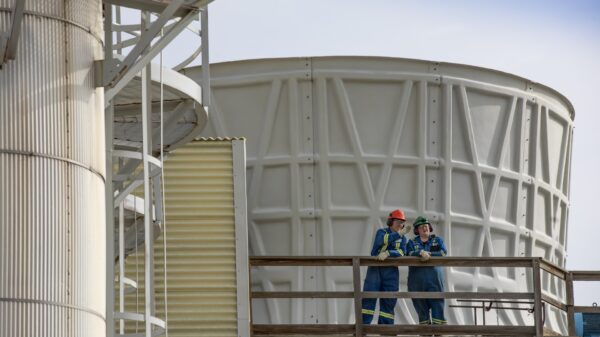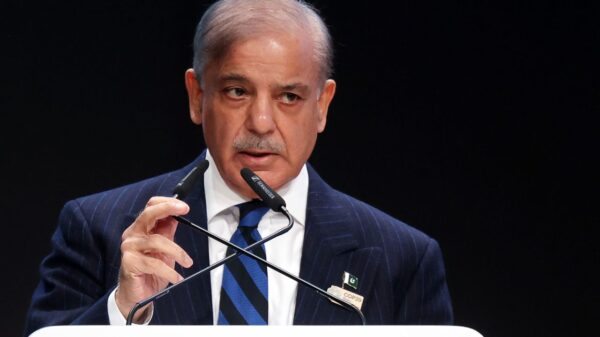RBA Expected to Maintain Interest Rates at 4.35%
The Reserve Bank of Australia (RBA) is anticipated to keep the official cash rate steady at 4.35% during its December meeting. This decision aligns with the central bank’s cautious approach amid current economic indicators.
Economic Indicators Influence RBA’s Decision
Recent data reveals a slowdown in Australia’s economic growth, with the September quarter showing a 0.3% increase, bringing the annual growth rate to 0.8%. This deceleration is the weakest since the early 1990s, excluding the pandemic period. Despite this, the RBA is expected to maintain the current rate to balance growth and inflation.
Inflation Trends and Monetary Policy
While headline inflation has decreased, underlying inflation remains above the RBA’s target range of 2-3%. The central bank emphasizes the necessity for sustained evidence of inflation aligning with targets before considering rate cuts.
Labor Market Resilience
Australia’s labor market continues to exhibit strength, with low unemployment rates and steady job growth. This robustness supports the RBA’s decision to hold rates steady, as a strong labor market can contribute to wage growth and consumer spending.
Divergent Forecasts Among Economists
Economists present varied predictions regarding the timing of potential rate cuts. Some anticipate reductions as early as February 2025, citing factors like subdued GDP growth and lower inflation forecasts. Others foresee cuts occurring later, around May 2025, reflecting differing interpretations of economic data.
Global Economic Context
Internationally, central banks are adopting varied monetary policies in response to their economic conditions. For instance, the Reserve Bank of India recently maintained its repo rate but reduced the cash reserve ratio to stimulate growth. These global trends provide a backdrop for the RBA’s policy considerations.
Impact on the Australian Dollar
The Australian dollar has experienced fluctuations, recently hitting a four-month low. Analysts suggest that the RBA’s interest rate decisions could influence the currency’s value, with potential appreciation if the RBA reduces rates less aggressively than other central banks.
Housing Market Considerations
The housing market remains a focal point, with rising distressed property listings indicating financial strain among homeowners. The RBA’s interest rate decisions are closely watched for their impact on mortgage rates and housing affordability.
Government Spending and Economic Stability
Government expenditure has played a crucial role in supporting economic growth, particularly through infrastructure projects. This fiscal support complements the RBA’s monetary policy in stabilizing the economy amid global uncertainties.
Consumer Spending Trends
Household spending has remained flat, with consumers exhibiting caution amid economic uncertainties. The RBA monitors these trends closely, as consumer behavior significantly influences economic growth and inflation.
Future Outlook
The RBA’s forthcoming decisions will depend on evolving economic data, including inflation trends, labor market conditions, and global economic developments. The central bank remains committed to achieving its inflation target while supporting sustainable economic growth.
In summary, the RBA is expected to maintain the cash rate at 4.35% in December, reflecting a balanced approach to current economic conditions. Future rate adjustments will be guided by comprehensive assessments of economic indicators to ensure alignment with the central bank’s objectives.




































